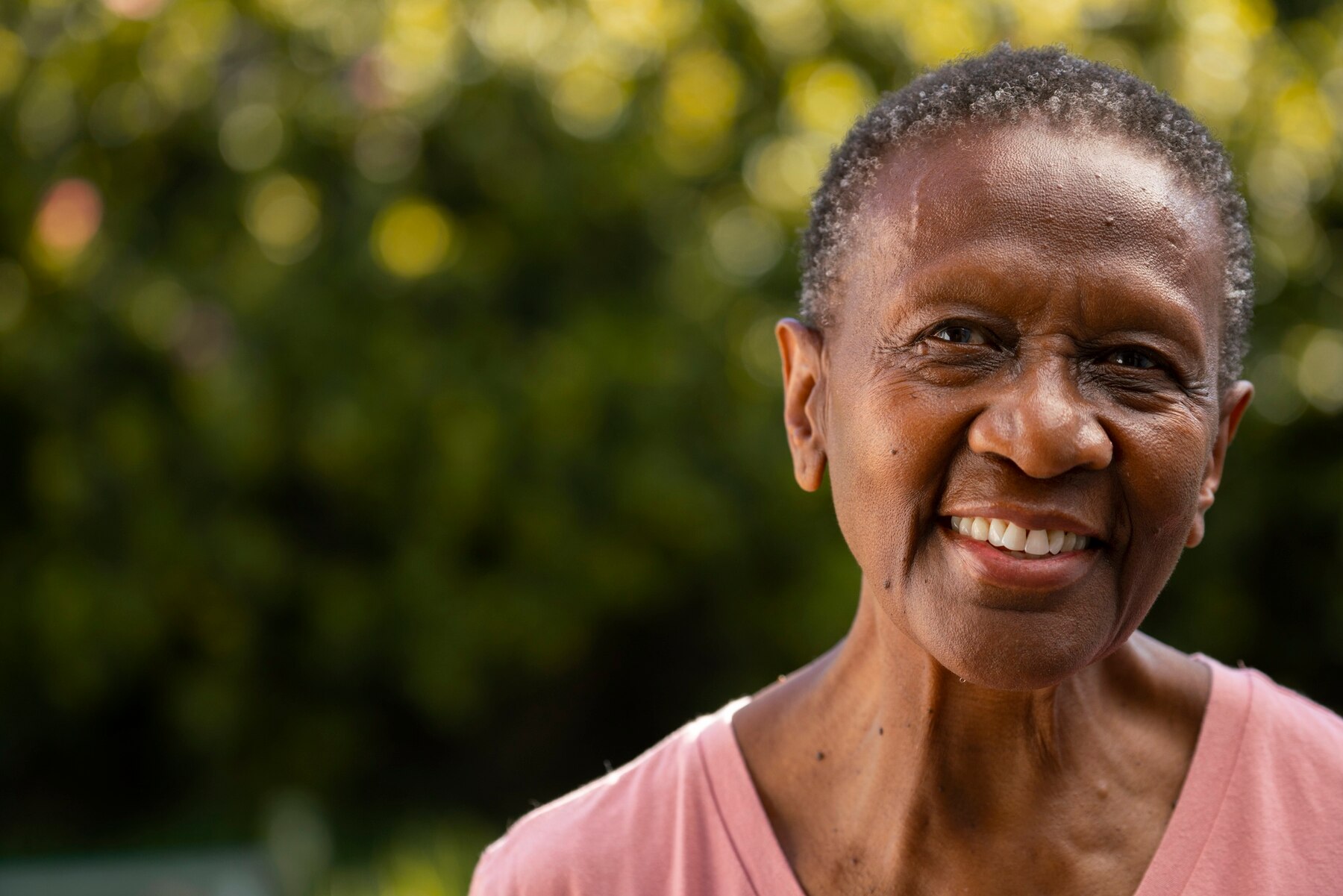
Premature aging refers to the accelerated appearance of the signs and symptoms earlier than the typical timeline associated with natural aging. It involves physical, physiological, and psychological changes. The person typically looks older than their real age. Signs of premature aging include:
- Skin Changes: Wrinkles, fine lines, age spots, sagging skin, and loss of skin elasticity.
- Hair changes: Early graying, thinning, and hair loss.
- Muscle and bone changes: Decreased muscle mass, strength, and bone density leading to frailty and increased risk of fractures.
- Cardiovascular changes: Increased risk of heart disease, high blood pressure, clogged vessels, and decreased cardiac output.
- Cognitive decline: Memory loss, decreased cognitive function, and increased risk of dementia.
- Metabolic changes: weight gain, insulin resistance, and high risk of type 2 diabetes.
Premature aging can occur at various stages of your growth and the signs range from person to person because of several reasons. It’s also important to note that one can prematurely age regardless of their gender. The reasons vary and they can be attributed to lifestyle, environment, and genetics.
For adults between 20-30 years old, the early appearance of facial lines is highly noticed around the mouth and eyes. Dull complexions and uneven skin are also other signs of premature aging. Elasticity of the skin is also notable.
For adults between the ages of 30-40 years old, noticeable and distinct wrinkles and fine facial lines are visible and deep. Noticeable sagging of the skin and loss of skin firmness is also highly visible. Drier and more textured skin is another visible attribute.
